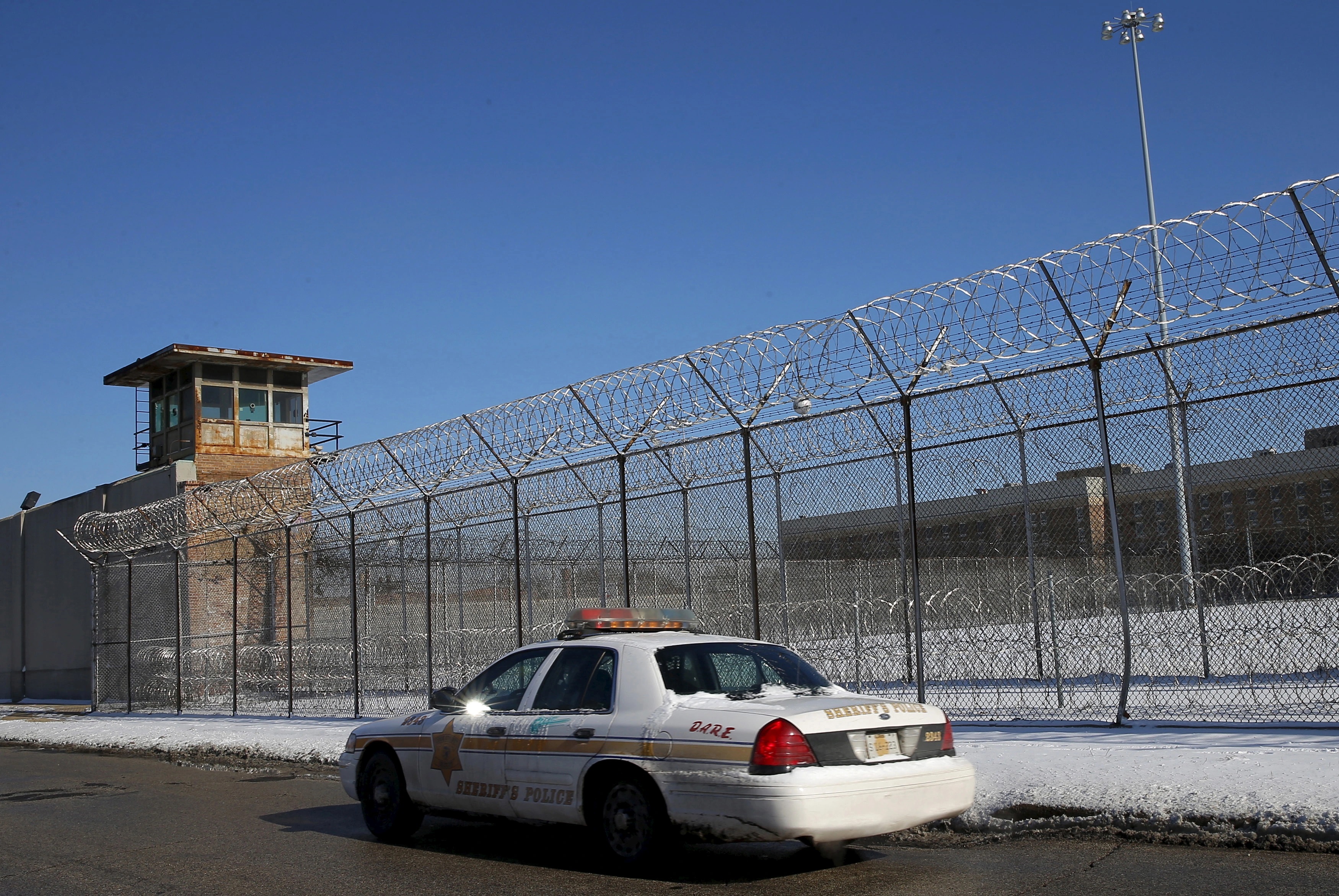
The cost of eliminating cash bail is too high
Originally published in the Chicago Sun-Times
Ending money bail in Illinois would have disastrous consequences for public safety and the functioning of the justice system.
This month, the Illinois Supreme Court must weigh social justice against public safety. If the justices are wise, they will stop the state’s ill-advised abolition of money bail — for safety’s sake.
Elected prosecutors and sheriffs from across the state are challenging that law on the grounds the Illinois Constitution grants defendants the right to be “bailable by sufficient sureties” except those whose offense entails a life term or “pose a real and present threat to the physical safety of any person.”
In December, a lower court struck down the bail reform law before it was slated to take effect on Jan. 1.
Now the state’s highest court must parse the muddled legal arcana to decide whether the law usurps judicial power and violates the state constitution’s victims bill of rights by granting a presumption of unconditional release to offenders and eliminating any financial conditions to secure a defendant’s release from custody.
But the public policy case is clear: Ending money bail in Illinois would have disastrous consequences for public safety and the functioning of the justice system.
Dating back nearly a millennium in English Common Law, bail balances the accused’s interest in liberty and society’s interest in the defendant’s appearance in court. Many states echo Illinois’s Constitution in adding a third consideration to liberty and trial appearance — public safety.
Until recently, most state bail systems offered judges a menu of options to balance those interests, including release on recognizance (an obligation to appear without conditions) or detention under trial. The third option is bail, which can be a financial bond (posting a cash sum or, in some cases, a property surety) or non-financial conditions (court supervision terms like drug testing, check-ins, GPS monitoring and curfews).
Bail is a judgment call. If the defendant’s safety and flight risk are low, full release is deemed appropriate. If the accused is likely to flee or poses a danger, pretrial detention is warranted. But most defendants fall into neither category and require assurances they will appear and do no harm in the meantime.
Although cash bail can be used in tandem with non-financial release conditions, monetary bail acts like refundable collateral on the promise to appear. (Illinois does not permit bondsmen, and most defendants only have to post 10% of the total bond amount to the court prior to release).
Money bail provides a strong incentive for the accused to comply — appear and stay out of trouble — on the pain of forfeiture. And in fact, most bailees don’t post the money themselves, instead relying on friends and family to pay the bond amount and bear the risk of forfeiture.
These third parties are effectively vouching for the accused with their pocketbooks. It also creates a reinforcing system of accountability to comply with the court. If a defendant knows their grandparents might forfeit their life savings if he no-shows or re-offends, he might think twice.
And the data shows they do. Release with no conditions or non-monetary ones is significantly less effective than money bail at achieving compliance. A 2023 study in Yolo County, California, found zero bail defendants were re-arrested at 70% higher rates than money bail defendants. The Department of Justice’s own study found that monetary bail defendants were significantly more likely to show up to court than their no-bail counterparts.
After the Cook County Circuit Court implemented a similar program to the new law, mandating unconditional releases for many crimes and severely restricting money bail, the result has been more missing defendants and more re-offending upon release. Immediately after the reforms, failure-to-appear rates climbed 19%. In 2022, over 18,000 or 21% of non-bail felony releasees have missed court, according to the court’s own data. And 18% of felony defendants were arrested for a new crime.
And that data likely understates both failure-to-appear and re-offense rates. According to a University of Utah study and a separate Chicago Tribune investigation, the chief judge played fast and loose with data to whitewash problems wrought by his bail reform initiative.
Both analyses found that defendants benefiting from automatic release committed more crimes, including serious crimes, more often than the official Cook County data claimed. Egregiously, overall re-offense rates for releasees rose by 45%, while violent offenses jumped 33%. While the judge’s initial report claimed only three releasees were later accused of murder, in fact, 21 were arrested for homicides. The judge blamed data entry errors for the mistake.
New York’s very similar bail reform — twice revised at the margins since 2019 — offers a further cautionary tale. With mandatory release for most crimes, repeat offenders run through the courthouse doors at a breakneck pace. According to the New York City Police Department, the 60-day rearrest rates for burglary (23.7%), auto theft (21%) and grand larceny (19.7%) in 2021 had more than doubled from 2017 rates.
These preventable (or deterrable) crimes come with a hefty price tag. A recent study put the total cost of crime to the U.S. at $3 trillion per year, and a single murder costs $7.8 million – in lost income, productivity, medical care and government services, including police, courts and prisons.
This crime tax levied on each Chicagoan amounts to over $4,000 per year. If only some of those offenses were prevented by detention or money bail, the accrued benefit to the lives and livelihoods of Chicago residents would be immense.
By keeping money bail, the Illinois Supreme Court would be rightly prizing Illinoisans’ safety over yet another failed bail reform experiment.
Sean Kennedy is a visiting fellow at the Maryland Public Policy Institute and author of an Amicus brief in Rowe v. Raoul challenging the constitutionality of Illinois’ bail reform law.






